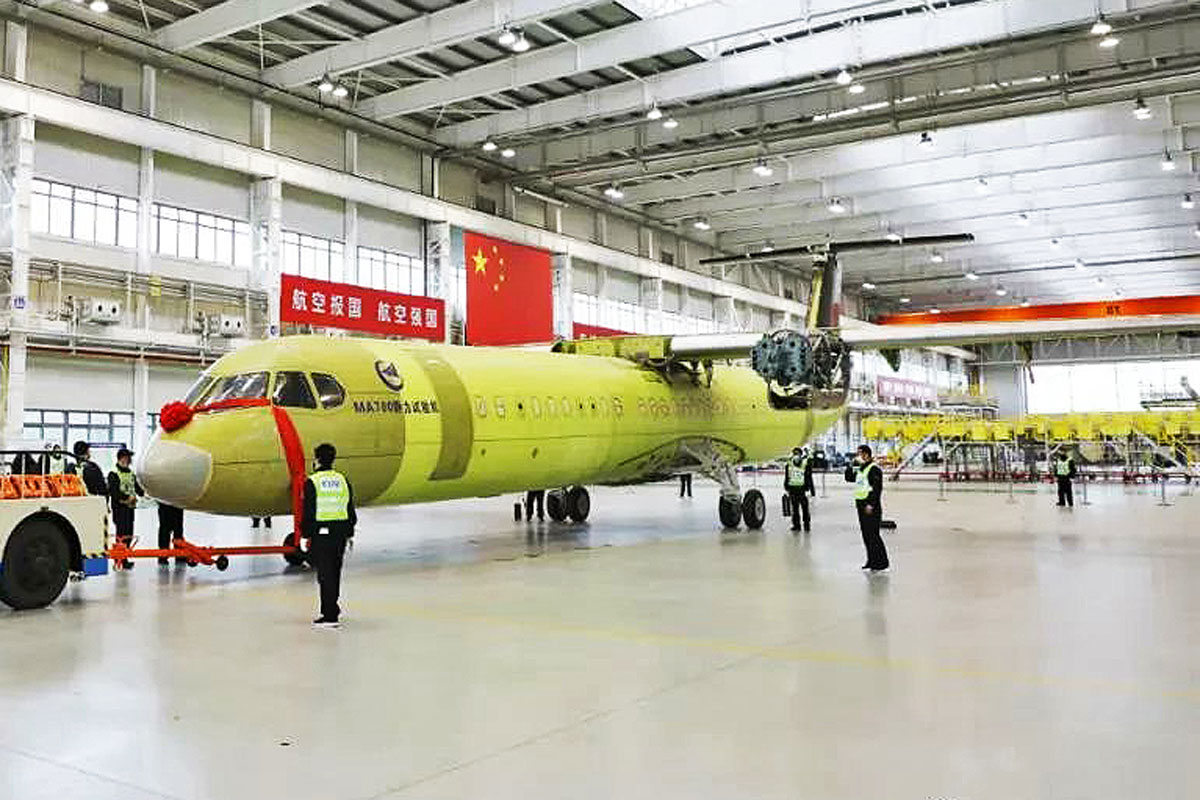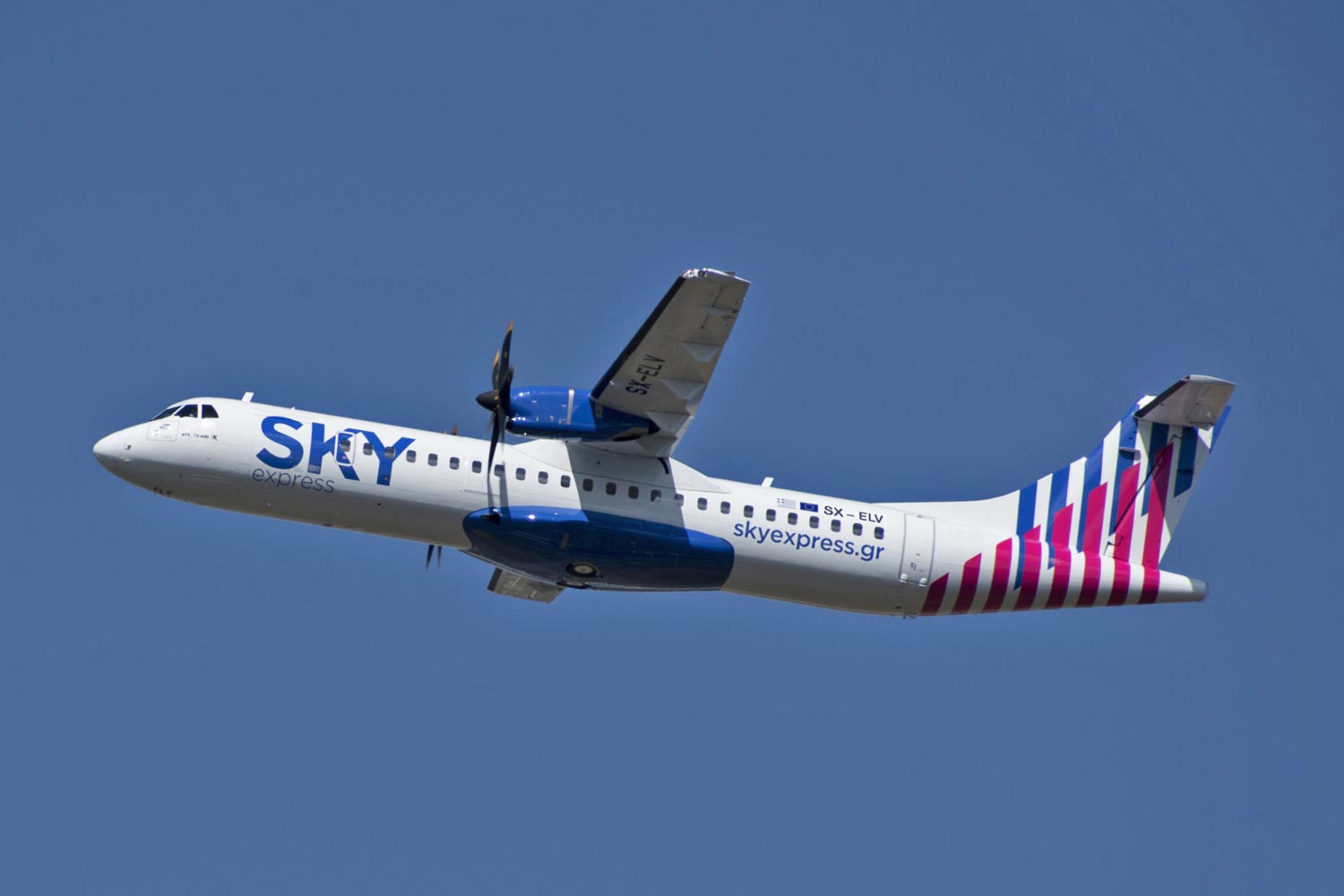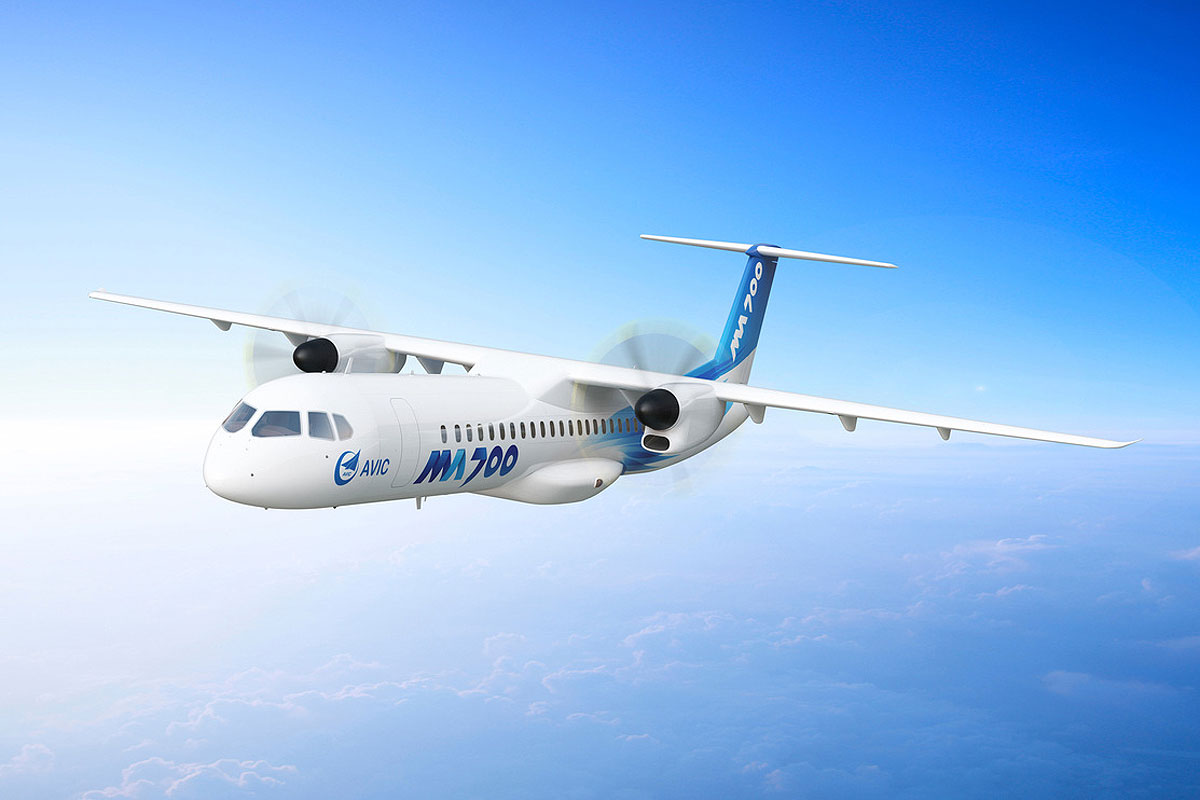One of the pillars of the Chinese strategy of having a line of indigenous commercial aircraft, the MA700 commercial turboprop has its future under threat, according to Flight Global.
The aircraft developed by AVIC is affected by huge delays in its schedule, despite the first prototype being presented almost complete last year.
The program has been at a dilemma since the Canadian government prevented Pratt & Whitney Canada from supplying the PW150C engines, as part of an agreement with AVIC.
Global Affairs Canada, the Ottawa government’s international affairs department, has banned the $3 billion contract with China on suspicion of spying and using the engines for military purposes.
P&WC shipped four engines to AVIC, but the lack of prospects for a regular supply put the project on hold, according to Flight Global.

Fly-by-wire turboprop
The MA700 looks very similar to the ATR, the most successful Western aircraft in the regional turboprop market. But the AVIC plane is larger, capable of carrying up to 86 passengers against 72 seats on the ATR 72-600.
It is 30 meters long and has a wingspan of 28 meters, while the Franco-Italian plane is 27 meters long and has a wingspan of 27 meters.
Because of this, the power of the PW150C motor, of 5,000 shp, is essential. But unlike the C919 jet, which has a turbofan engine under development in China, AVIC has no short-term domestic alternative.

Russia, China’s partner in several programs such as the widebody CR929, has a turboprop engine in tests, the TV7, from Klimov. However, it was the one who caught fire on the prototype of the Il-112V military transport plane and is undergoing a design review in order to identify possible flaws.
The program’s uncertain future is frustrating given the potential of the MA 700, which promised to be the first regional turboprop equipped with fly-by-wire controls.
One of the world’s largest commercial aviation markets, China is expected to need 8,700 new planes by 2040, according to Boeing estimates.
There is, however, no forecast regarding turboprop aircraft in the company’s outlook, but it is certain that demand is quite significant. And that for a long time it will not be able to be serviced by an aircraft produced in the country.

